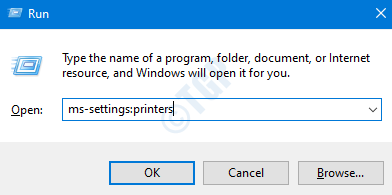

The uninstall runs silently with no user interface and suppresses reboots. I’m logging to a Temp Java folder, so make sure that folder exists or just remove the /l and everything after it if you don’t care about the logging. That is, $App.IdentifyingNumber or $App.ProdID. Whichever method you choose, you’ll need to then run the uninstaller still. Just change the Guid Identifier appropriately for whichever script you choose. "Execution Time: $($Current.Hours):$($Current.Minutes):$($Current.Seconds)" $Java = Get-WmiObject -Class win32_product | WHERE Win32_Product (Very Slow – Just Skip It!) Take my word for it and just skip past this.
WMIC UNINSTALL WILDCARDS CODE
And that was the best case scenario test I had. That’s just unacceptable. Here’s that terrible code with a timer included. Then running it again five minutes later already took three minutes again. Even on my computer it takes at least 5 minutes, normally much longer. I have ran this command and gotten results as fast as 11 seconds…after I ran it three times in quick succession. In testing, the command takes 20-40 minutes to return results on a production server. Regardless of where clauses or filters, every program is always checked in this way. Invoking win32_product causes a computer to enumerate through the entire list of installed programs and validates each install, causing potentially extremely long wait times before returning results. If you didn’t check out those links above, let me summarize: Just by force of habit I always 'try to' copy the path from the top of the Regedit window and just remove computer. If you plan to use this command, you might as well just go to lunch after you hit execute. Andre van den Berg remove COMPUTER from the beginning but both HKLM and 'HKEYLOCALMACHINE' should work just fine. Use a WHERE clause, use a FILTER, use wildcards, use explicit values.


Get-WmiObject -Class win32_productwould have been a very useful command, however, it’s by far the slowest and most inconsistent thing I have ever used.


 0 kommentar(er)
0 kommentar(er)
